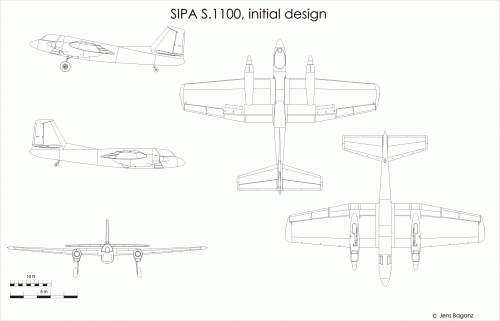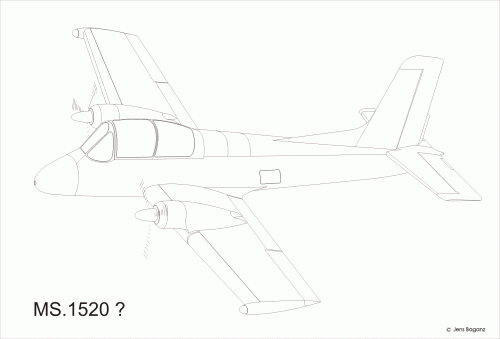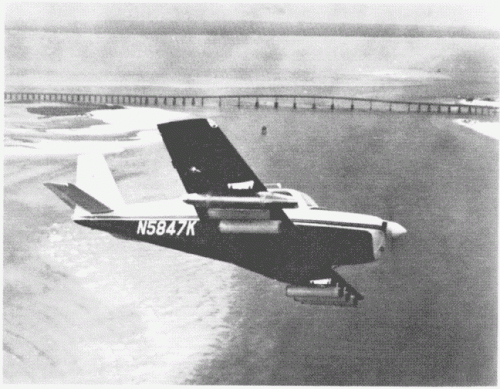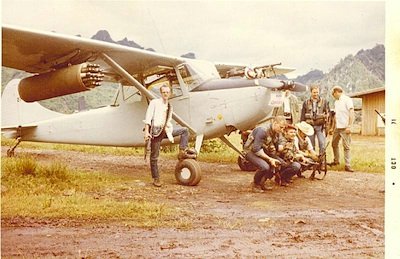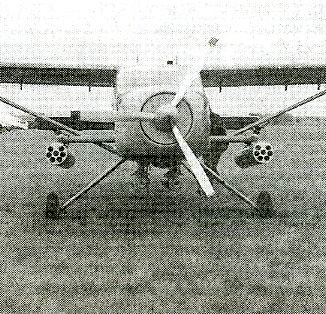OK, like many of us, I have my pet interests, and one of them is the generally unsuccessful effort to bring relatively small, light aircraft to the battlefield. Here are two already known to this group which made it to prototype/demonstrator stage. They couldn't be more different from each other except the twin tails, but they have always caught my eye. See links for more information:
Scaled Composites (Rutan) Model 151 Ares

Potez 75

There's a nice thread on the Potez 75 in the CGI section of this forum.
Can anyone suggest any more projects for light, fixed-wing anti-tank and/or ground attack aircraft? I don't mean converted trainers, I mean purpose-designed, specialized aircraft. Let's say under 4000 kg/8800 lbs MTOW to keep it relatively "light."
Cheers,
Matthew
Scaled Composites (Rutan) Model 151 Ares

Potez 75

There's a nice thread on the Potez 75 in the CGI section of this forum.
Can anyone suggest any more projects for light, fixed-wing anti-tank and/or ground attack aircraft? I don't mean converted trainers, I mean purpose-designed, specialized aircraft. Let's say under 4000 kg/8800 lbs MTOW to keep it relatively "light."
Cheers,
Matthew





